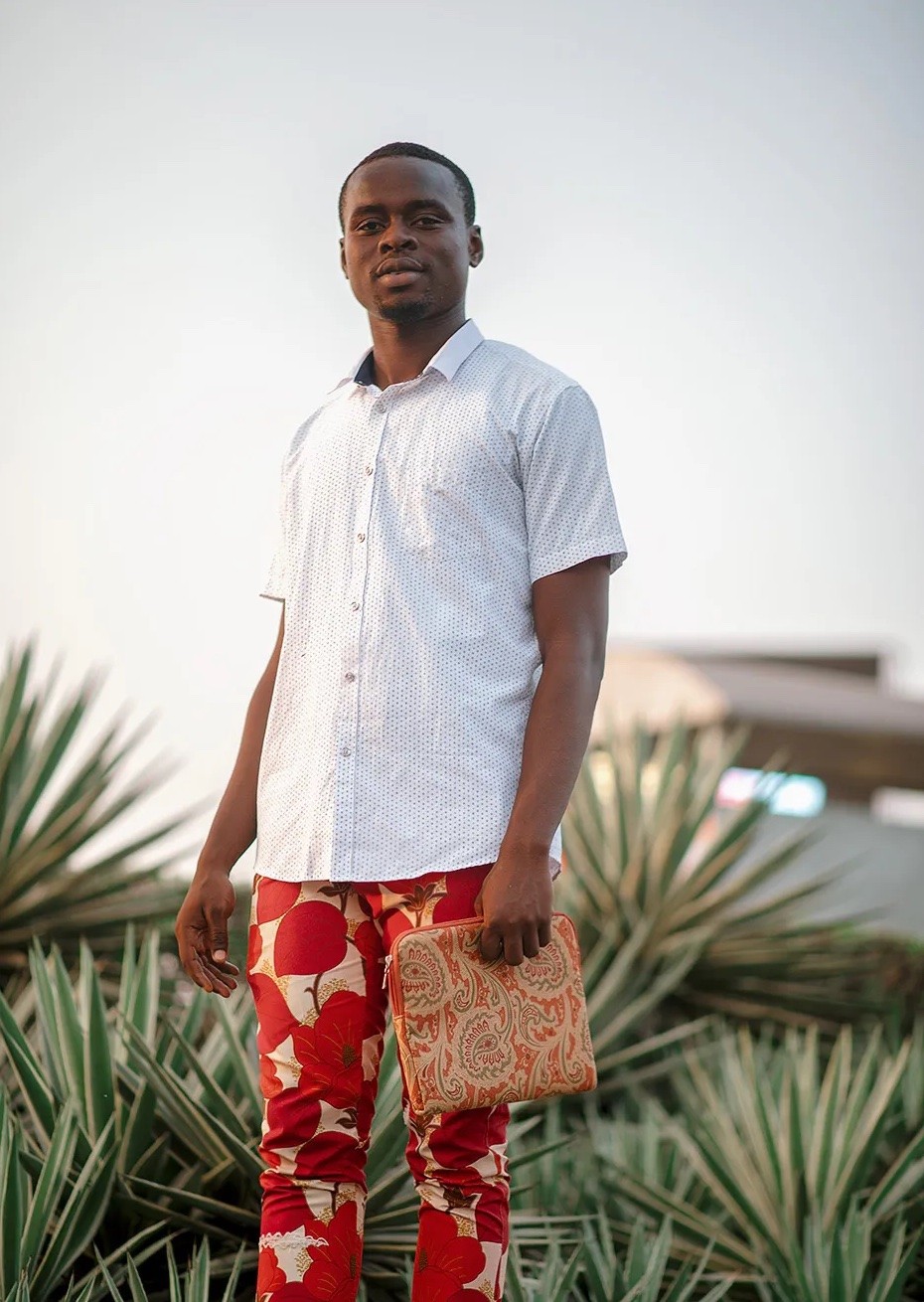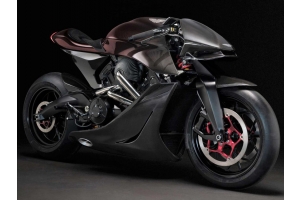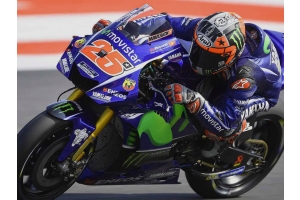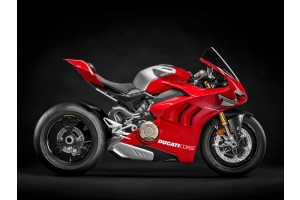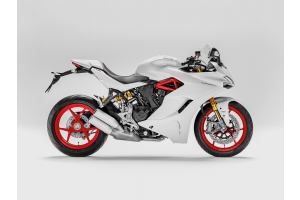Ghanaian street style, often influenced by a rich blend of culture, history, and contemporary influences, has gained recognition worldwide for its unique and vibrant aesthetics. From Accra's bustling streets to the creative neighborhoods of Kumasi, Ghana's urban fashion scene is a reflection of the nation's identity and creative spirit. In this blog, we'll explore the dynamic world of Ghanaian street style, examining its historical roots, contemporary trends, and the global impact it has had on the fashion industry.
Historical Roots
Ghanaian street style has a rich and diverse history that has significantly influenced its contemporary aesthetics. This fashion movement is deeply rooted in the nation's cultural heritage, and it reflects a fusion of historical elements with modern trends.
Traditional Ghanaian Attire: Ghana has a long history of vibrant traditional clothing, with kente and adinkra cloth being some of the most iconic fabrics. These textiles often serve as a foundation for contemporary Ghanaian street style, either through direct incorporation or as sources of inspiration.
Colonial Influence: The British colonial era brought Western fashion elements to Ghana, which melded with traditional styles to create a unique blend. This fusion is still seen in contemporary street style, where traditional prints are paired with modern pieces.
Cultural Symbols: Ghanaian street style often incorporates cultural symbols, such as the Sankofa bird or the Gye Nyame symbol, which reflect the nation's history and values.
Key Elements of Ghanaian Street Style
Ghanaian street style is a vibrant and dynamic fashion phenomenon that draws inspiration from the nation's rich cultural heritage while embracing contemporary trends. Several key elements define this unique style, making it stand out on the global fashion stage.
Vibrant Colors: Bright, bold colors are a hallmark of Ghanaian street style. From vivid reds and yellows to rich blues and greens, these hues dominate the urban fashion landscape.
Prints and Patterns: Ghanaian street style heavily features prints and patterns, especially kente and adinkra motifs. These intricate designs are used in clothing, accessories, and even footwear.
Mixing Traditional and Modern: A unique aspect of Ghanaian street style is the juxtaposition of traditional clothing elements with modern pieces. It's common to see someone wearing a kente headwrap with jeans and sneakers.
Accessories: Statement accessories, such as large, colorful earrings and beaded bracelets, play a significant role in Ghanaian street style, adding character and flair to outfits.
Eco-Friendly Fashion: In recent years, there has been a growing emphasis on sustainability in Ghanaian street style, with the promotion of locally-made, eco-friendly materials and designs.
Influential Designers and Brands
Ghanaian street style owes much of its global prominence to a cadre of talented designers and brands that have redefined the fashion landscape. These individuals and companies have not only celebrated their cultural heritage but have also transcended borders, making a significant impact on the international fashion scene. Here, we highlight three influential figures in the realm of Ghanaian street style:
Ozwald Boateng: As a Ghanaian-British designer, Ozwald Boateng is a trailblazer in the fashion world. Renowned for his impeccably tailored suits, Boateng has dressed some of the most prominent figures in the entertainment industry, including Will Smith and Jamie Foxx. His fusion of traditional Ghanaian elements with contemporary British tailoring has made him an icon of African and Western fashion crossover.
Christie Brown: Christie Brown is a Ghanaian fashion brand celebrated for its innovative use of traditional African fabrics, particularly kente and adinkra prints. By blending these fabrics with modern silhouettes and design aesthetics, Christie Brown creates collections that are both chic and culturally significant. The brand's commitment to heritage and craftsmanship has made it a notable name in the global fashion landscape.
Maksi: Maksi is a brand that has embraced the growing emphasis on sustainability in fashion. It is at the forefront of eco-conscious design, using recycled materials to create stylish, sustainable fashion pieces. Maksi's commitment to ethical practices and eco-friendly materials has not only resonated with the environmentally conscious but has also paved the way for a new era of conscious consumerism within the Ghanaian street style movement.
Global Impact
Ghanaian street style has not only taken the local fashion scene by storm but has also gained global recognition. Here are a few ways it has influenced fashion worldwide:
African Print Trends: The use of African prints and patterns in international fashion has grown in popularity. Designers from around the world incorporate these elements into their collections.
Cultural Appreciation: Ghanaian street style has fostered an appreciation for African culture, fostering cross-cultural exchanges in the world of fashion.
Inclusivity: The diverse and colorful nature of the Ghanaian street style has also contributed to discussions about the importance of diversity and inclusivity in the fashion industry.
Ghanaian street style is a dynamic fusion of tradition and modernity, reflecting the nation's rich history and contemporary creativity. The bold colors, prints, and unique blend of elements make it a compelling force in the world of fashion. As Ghanaian designers and brands continue to gain recognition on the global stage, we can expect this vibrant street style to play an even more significant role in shaping fashion trends worldwide.
 Gallery
Gallery

